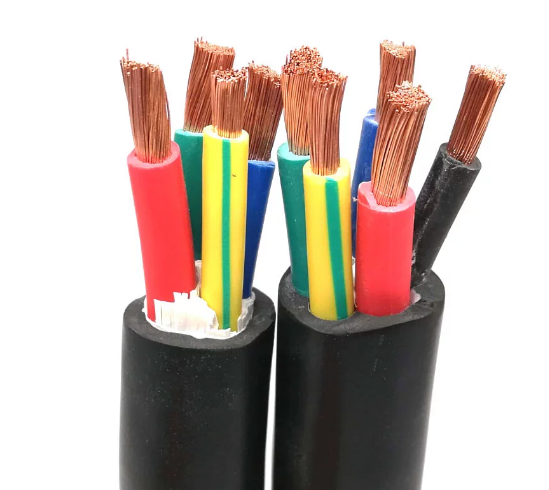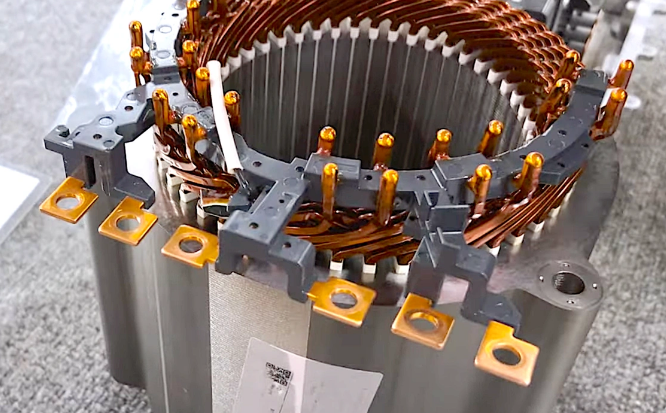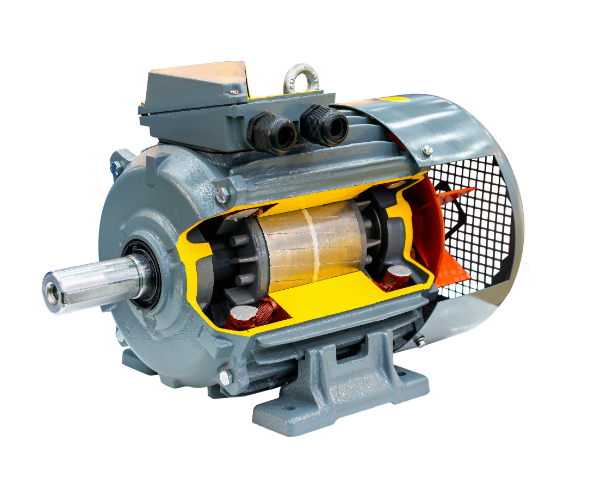The voltage of a power supply is supposed to be proper for a three-phase motor installation and maintain less than 0.5 ohms of grounding resistance. Then, after installation, a no-load start-up test should be performed where the no-load current should be in the range of 20%-30% of the rated current, and the temperature should stabilize within 70-80 degrees Celsius.
Check Power Supply and Line Connections
Confirmation of power supply and lines is the most important step at the time of three-phase motor installation. Because each connection has a definite impact on the long-term stability and working efficiency of the motor, check that the main power supply voltage is matched with the set voltage of the motor; usually, three-phase motor voltage ranges from 380 to 480V. Then, one should verify whether the main power has sufficient load capacity or not. Generally, the motors range from several kilowatts to hundreds of kilowatts. If the line capacity is less than that amount, it may lead to overheating or even short-circuiting. A 5.5 kW motor needs at least a 10-amp line capacity; confirm the actual line specifications before installation to ensure compatibility.
The wiring connection method must be addressed. Y-connection in high voltage, while Δ-connection is used in low voltage cases. These methods are switched over, and the starting torque and speed of the motor differ entirely. Where high starting torque is required, Δ-connection is advisable; in operation, Y-connection is more reliable. Ensuring the firmness of the points of connection is critical. Each terminal should be tightened to 6-8 Nm of the recommended torque, making sure that the connections are stable. Poor connections cause unstable currents, thereby reducing efficiency in the motor and probably leading to burnout.

Securing Motor Position and Angle
In installing a three-phase motor, position and angle of operation would directly affect the stability and effectiveness of its operation. The dimensions of a base for a motor range from 20 to 100 millimeters. Choose an appropriate foundation for a certain amount of motor power in order for the motor to be sufficiently supported. The direction of the drive of the motor and the balance of its load are to be considered. The angles over 5 degrees can lead to bearing load inequality, which can influence the rotor balance inside the motor and, as a consequence, the general power output. Best practice can be seen in keeping the angle of level between 0-1 degree for proper transmission.
During the installation of the motor, bolts and brackets should follow standard requirements; this might have an even greater bearing in case the motor has high power. Because motors over 10 kW will have larger dimensions, bolts fastening torque should be kept at 20-30 Nm in order not to get loose with the high speed. Loosening will reduce transmission efficiency and may even lead to safety hazards. So for this reason, many use a torque wrench, and it has become the standard procedure in many companies. Consider adding vibration-damping pads under the motor in order to minimize the vibration. These pads are usually over 5 millimeters thick, although the exact specification depends on the motor load and operating environment selected.
Connecting the Safety Wire to Ground
The ground wire connection plays an important role in the safe operation of a three-phase motor, especially for those high-voltage and high-power ones, wherein proper grounding can effectively avoid leakage and static buildup. The grounding resistance for industrial-grade three-phase motors should be below 0.5 ohms, widely accepted for safety standards to avoid accidental discharges from poor grounding.
Selection of Materials for Ground Wire The choice of material for a ground wire is very crucial. The preferred materials within the industry for such wires are copper wire or copper-clad aluminum wire because of its great conductivity that can bear massive current loads. For motors above 15 kW, the cross-sectional area of the wire in the ground wire should be at least 16 square millimeters. This will provide enough conductivity and reduce resistance. The stability and reliability of the ground wire terminal have to be fastened properly to a specific grounding terminal. It is suggested that a bolt fix the grounding wire, and the tightening torque is generally between 10-12 Nm to avoid bad contact because of looseness. A torque wrench can precisely control the force of tightening to ensure the reliability of grounding.

Commissioning Test and Adjustment of Performance
The commissioning test is an essential process after the three-phase motor installation, playing a very important role in performance stability and service life. First of all, when starting up for the first time, check that the no-load current of the motor is about 20%-30% of the rated current. When there is an abnormality in current, there is a problem with the circuit or wiring, and the operation of the motor must be stopped immediately for investigation to avoid damage to the equipment. In addition, attention should be paid to the change in the motor’s temperature. After 30 minutes of running, the temperature of the surface of the motor should, in general, stabilize below 70-80 degrees Celsius; if higher than this range, it may indicate either inappropriate cooling or overloading of the motor. Temperature monitoring is already an industrial application standard practice today in effectively preventing overheating of any equipment.
Load the motor gradually to its rated load, noting the change in current and speed. For a three-phase standard motor, the load current shall not exceed 95% of the rated value, the speed should be stable, and the deviation should not exceed ±2%. These parameters reflect the load capacity and stability of the motor. In ensuring that the motor is doing its work efficiently, some slight adjustments may be necessary. Adjustment of the controller is done to maintain the motors at their optimal efficiency for different loads. Further follow-up check is recommended after 24 hours of load operation: current, temperature, and vibration conditions have to be considered in order to confirm that the motor has fully stabilized.








